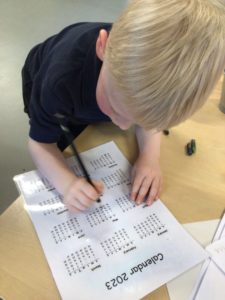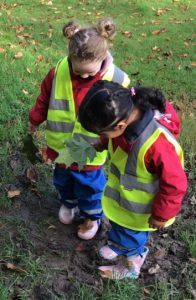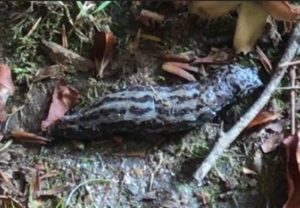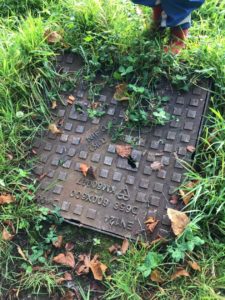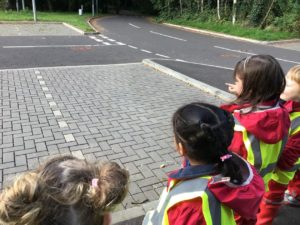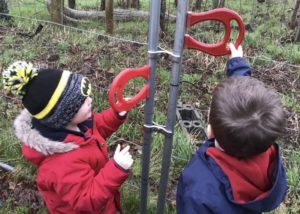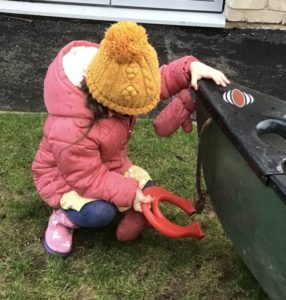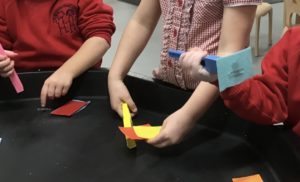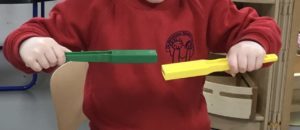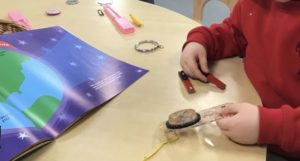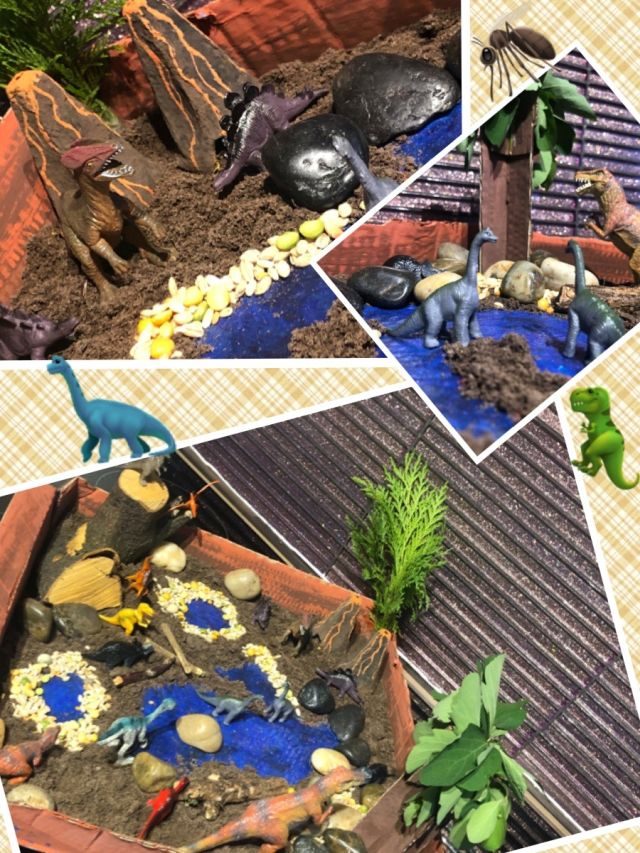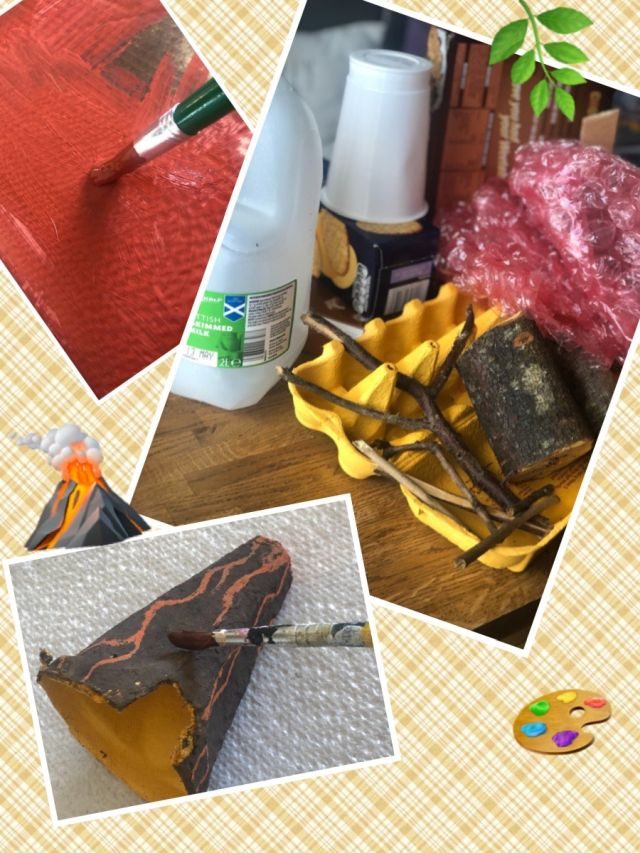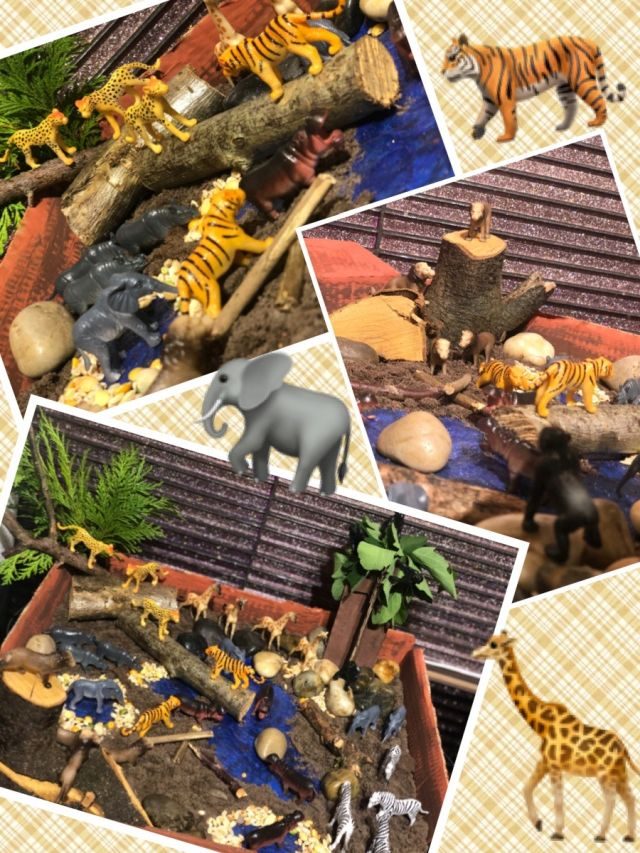by Mrs Clark
Learning about time is an important skill for children because it is something they will use throughout their whole life.
At Glenwood, we use routines, events and play activities to link with times and seasons to help build our children’s awareness.
Calendars are a fantastic resource to encourage talk about important events such as birthdays and annual celebrations, and we use these to help our children to learn about dates, days of the week and months of the year.
We play games such as ‘What’s The Time, Mr Wolf?’ to develop children’s understanding of o’clock and the numbers on a clock face ranging from 1-12.
Having the opportunity to use clocks and watches encourages our children to record and display their own ideas about time and build an understanding of both analogue and digital time.
We make connections to the changing seasons as we access daily outdoor play and look at resources that we wear or use. This helps our children to develop an awareness of the features of the four seasons.
On a daily basis we also make use of visual timetables, sand timers for turn taking, sing songs, look at books and use online resources to help our children have a greater understanding of time. We also talk about different times of the day e.g. morning, afternoon, evening, and use language associated with time e.g. now, then and next.
We hope that this gives you some inspiration for things you can try at home!

